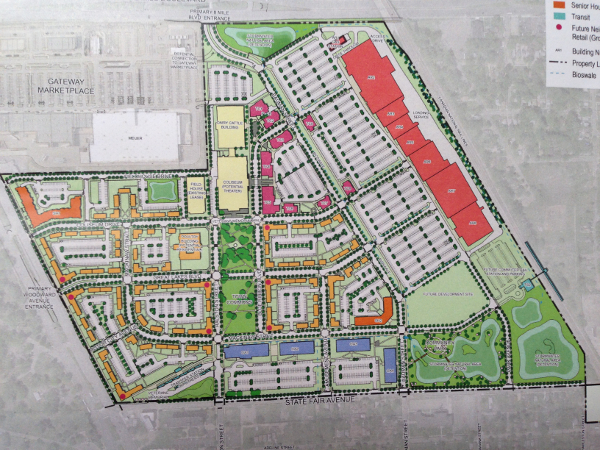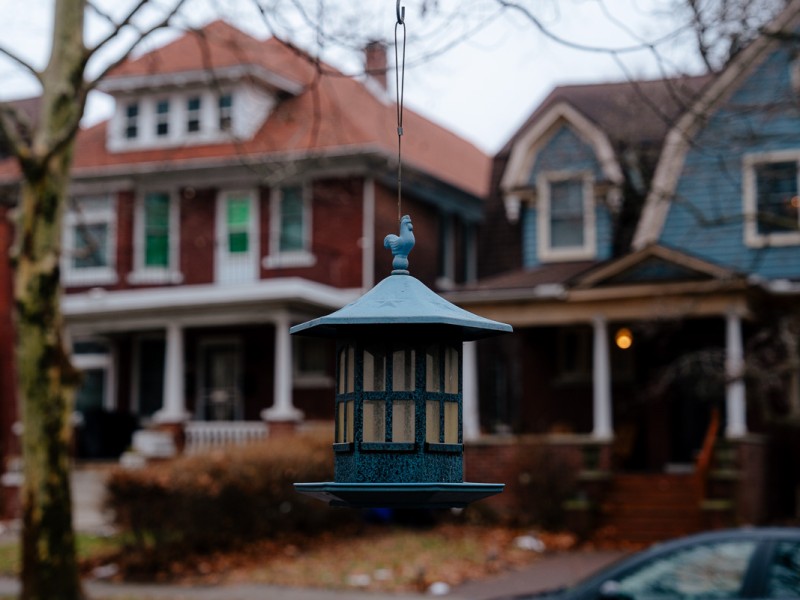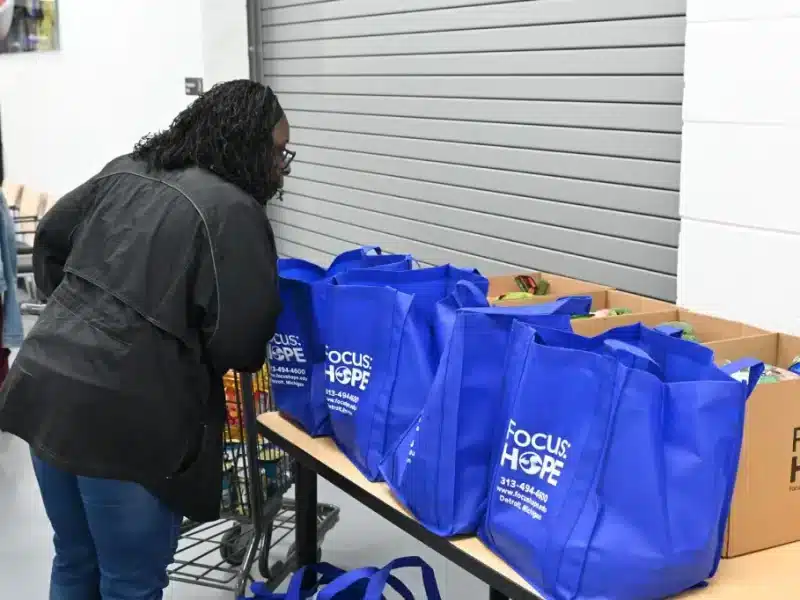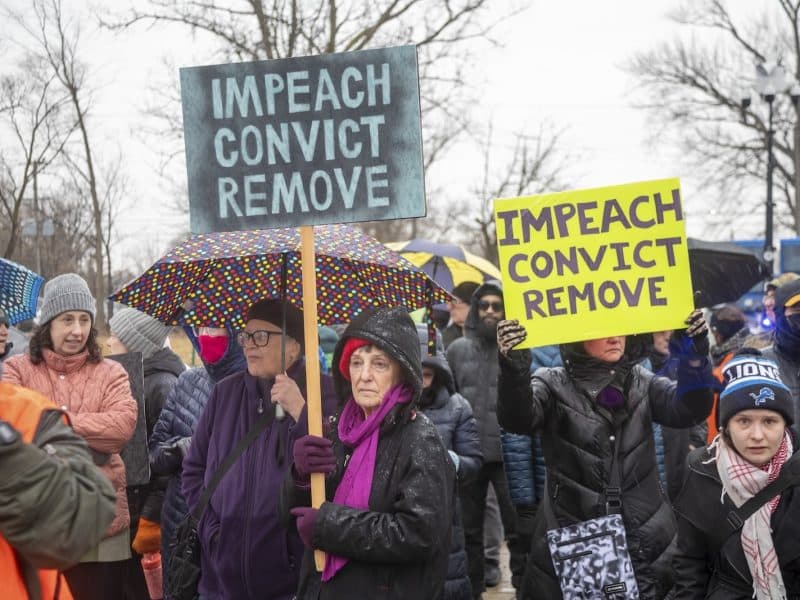A leery public joins public officials to question $200M State Fairgrounds redevelopment plans
Despite the release of architectural renderings, issues of transit and accessibility had people buzzing at the latest public forum for the proposed $200 million redevelopment of the old State Fairgrounds in Detroit. Members of neighboring communities, leaders of various transit agencies, and other interested parties gathered Wednesday, March 18 to debate the latest information offered by Redico and Magic Plus, two developers of the site.
The Michigan State Fair, which occupied the site of the Fairgrounds since 1905, ceased operating there in 2009 when it was defunded by the state of Michigan. In 2012, Gov. Rick Snyder signed a bill that authorized the transfer of the Fairgrounds to the Michigan Land Bank Fast Track Authority and opened the door for private redevelopment.
Though nothing has been formally adopted, the latest plan released by the developers is the most detailed to date, offering the public a glimpse into a 157-acre site that includes 650 residential units made up of a mix of one- and two-bedroom townhomes, apartments, studios, and lofts. The plan also calls for senior housing, retail, office space, green space, pocket parks, and transit-oriented development.
Dan Dirks, director of the Detroit Department of Transportation, stood with leaders of the Suburban Mobility Authority for Regional Transportation (SMART) and the Regional Transit Authority to urge the developers to not relocate a transit station even further south down Woodward Avenue.
Developers propose moving the transit station to the northeast corner of State Fair Avenue and Woodward. Transit leaders stressed the importance of locating the transfer station as close as possible to the busy intersection of 8 Mile Boulevard and Woodward. “It’s not often we all get together and agree on something,” says Dirks. The transfer station should eventually service the Bus Rapid Transit line.
Also proposed is an Amtrak train station that would offer connections to Chicago and Flint. Funds from Amtrak have yet to be secured.
A number of community members expressed concern over what they believed to be a poor connection between the proposed housing and the neighboring Gateway Marketplace. Todd Scott, executive director of the Detroit Greenways Coalition, echoed those sentiments, believing that not only was the development poorly connected to the Meijer store next door, but also to surrounding communities like Ferndale.
Others were more critical of the meeting, with some either suggesting or outright accusing that the proceedings were a sham. Frank Hammer, a member of the Fairgrounds Advisory Committee and Greenacres Woodward Civic Association, signed a pamphlet being circulated that called the series of public forums “broken from the beginning.” Developers insisted that they were listening to everyone’s concerns and that the newly announced plans addressed issues brought forward during previous public meetings.
Craig Willian, vice president of retail development for Redico, characterized the development as the place where city and suburbs meet. “The nice thing about the site is the opportunity to provide a lot of green space,” Willian says. “We can afford an urban feel with that suburban green field experience.”
It’s an enormous space, one that could fit four Partridge Creek Malls, he says. The developers are working with Wayne County Community College to lease an office building facing the town commons. They’re working to save at least four of the historic buildings on the site: the fieldhouse, coliseum, dairy cattle building, and poultry building. A local theater operator wants to take the shell of the coliseum and use it to house a modern movie theater, says Willian. Bike and walking trails are also planned.
While developers did receive positive feedback along with the criticisms, many in the crowd expressed doubts that what was being presented is what will be built. Rochelle Lento of nearby Palmer Woods says that though she shops at the Meijer at Gateway Marketplace, that development is a far cry from what was originally presented to the community, a much more suburban-style strip mall development than what was initially announced. It’s a common concern for a site with so much potential, value, and reverence.
“The biggest takeaway for me was seeing transit well represented. That’s the biggest plus,” says Todd Scott. “Still, I feel these are interesting renderings but what will really happen?”
Writer: MJ Galbraith
Got a development news story to share? Email MJ Galbraith here or send him a tweet @mikegalbraith.






